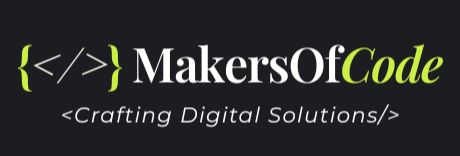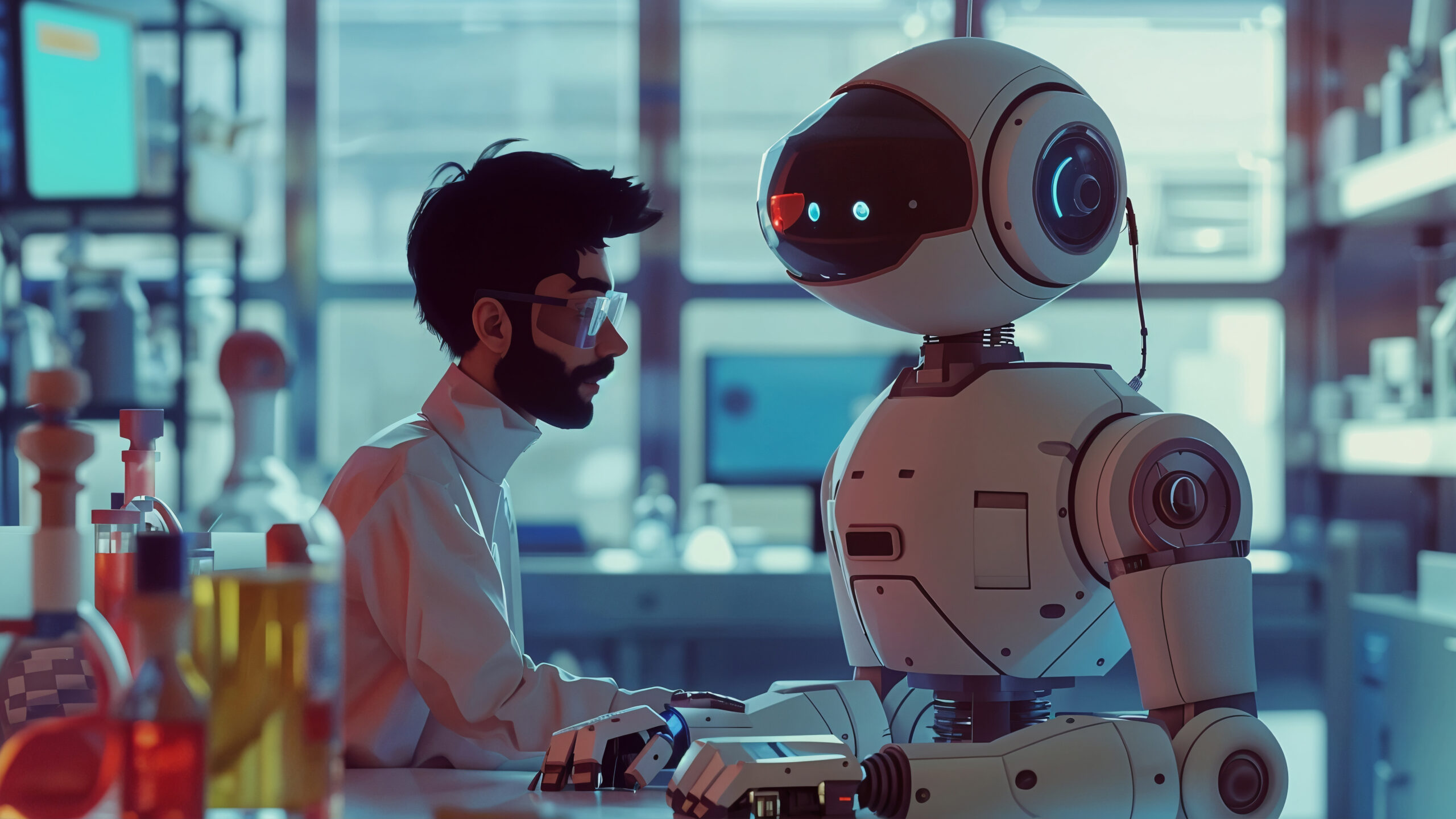The Art of Clean Code
Why Writing Code is Like Writing a Story—and How to Do It Well
In the world of software development, “clean code” is more than just a buzzword. It’s a mindset, a craft, and an essential skill that separates average developers from great ones. Writing clean code is about creating software that is easy to understand, simple to maintain, and a pleasure for others (and your future self) to read.
Just as writers care about how their sentences flow and resonate with readers, developers should care about how their code communicates. Code is read far more often than it’s written. So, let's explore what makes code clean—and how you can master the art.
What is Clean Code?
- Readable: It’s written in a way that others (or you, months later) can easily understand.
- Maintainable: You can make changes or add features without breaking things.
- Efficient: It avoids unnecessary complexity and duplication.
- Consistent: It follows a standard style and naming convention.
- Minimal: It does only what’s needed—no more, no less.
Robert C. Martin, in his book Clean Code, said:
“Clean code always looks like it was written by someone who cares.”
Principles of Clean Code
1. Meaningful Naming
Avoid vague or cryptic names. A variable named d is a mystery; a variable named deadlineDate tells a story.
// Bad
int d;
// Good
int deadlineDate;
2. Functions Should Be Small and Do One Thing
The longer and more complex a function, the harder it is to debug or reuse. Break logic down into modular, focused pieces.
# Bad
def processUser(data):
validate(data)
saveToDB(data)
sendEmail(data)
# Good
def validateUser(data):
# ...
def saveUser(data):
# ...
def notifyUser(data):
# ...
3. Avoid Comments—Write Self-Explanatory Code
While comments are helpful, the best code doesn’t need many. If the code is clear, the comment becomes redundant.
// Instead of this:
// Calculate age from birthdate
int a = getAge(birthdate);
// Do this:
int age = getAgeFromBirthdate(birthdate);
4. Consistent Formatting
Whether it’s tabs vs. spaces or bracket placement—pick a style and stick to it. Use linters or formatting tools like Prettier or Black to automate this.
5. DRY (Don’t Repeat Yourself)
Duplication is a sign of poor structure. Repeated code means repeated bugs and repeated fixes.
Why Clean Code Matters
- Team Collaboration: Clean code makes it easier for others to jump in and contribute.
- Onboarding: New developers can get up to speed faster.
- Debugging: Simpler code is easier to test, fix, and refactor.
- Scalability: A clean foundation makes growth sustainable.
Clean Code Is a Habit
Writing clean code isn’t something you do once; it’s something you cultivate over time. Here are a few practices to help you build that habit:
- Read code written by others—especially well-maintained open-source projects.
- Refactor regularly—improve existing code, even if it works.
- Write tests—clean code is testable code.
- Seek feedback—code reviews are great opportunities to learn.
Conclusion
Clean code is not just for perfectionists—it’s for professionals. It’s about respect: for your teammates, your users, and your future self. Whether you’re building a startup MVP or contributing to enterprise software, the art of clean code will elevate your craft, reduce stress, and make your software resilient and elegant.
So next time you write a line of code, ask yourself:
“Will this make sense six months from now?”







